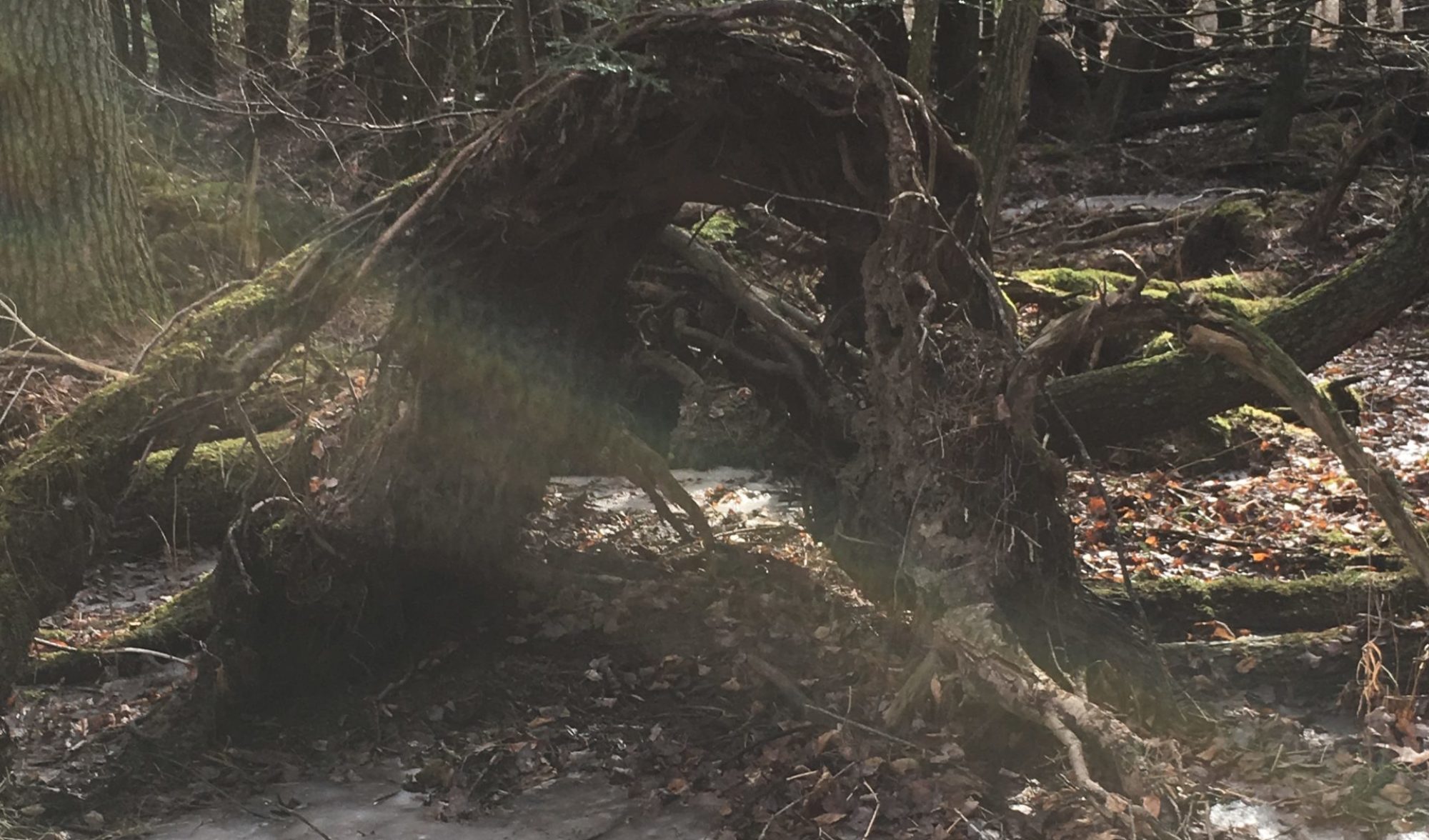Yes, Albatwitch (Pan chlca sp. nov.) can communicate over distances by striking two flat rocks together. On a few occasions, after leaving the vicinity of a riparian wetland that was a known habitat of Albatwitch, the founder heard patterned sound reproducible by striking two flat rocks together, which always stirred the founder to heightened vigilance. Other commentators have described the sound as “whip-like” or “snapping” but the sound is reproducible by two flat rocks striking. The founder attributes the human perception of “whip like” or “snapping” sound to the distortion of the sound of two flat rocks striking together as this sound reverberates against trees in the forest. Although not sophisticated like human Morse Code, the Albatwitch communication over distance is patterned, albeit simply; therefore, it can convey information to other animals perceptive to the patterned sound’s decoding. Other commentators have described “whistling” sounds, and the ability of some hunters to call Albatwitch with patterned whistling. The founder has never heard any “whistling” sounds but does not discount the possibility that Albatwitch can whistle.
Addendum, September 11, 2020:
Other Hominids (Great Apes) are documented in the scientific literature as being able to whistle with whistling reported for ten orangutans in captivity at six different zoos, including “Bonnie,” a resident of the National Zoo in USA:
“Orangutan (Pongo spp.) whistling and implications for the emergence of an open-ended call repertoire: A replication and extension”
September 2013, The Journal of the Acoustical Society of America 134(3):2326-35
